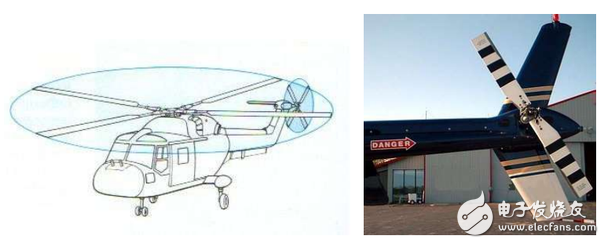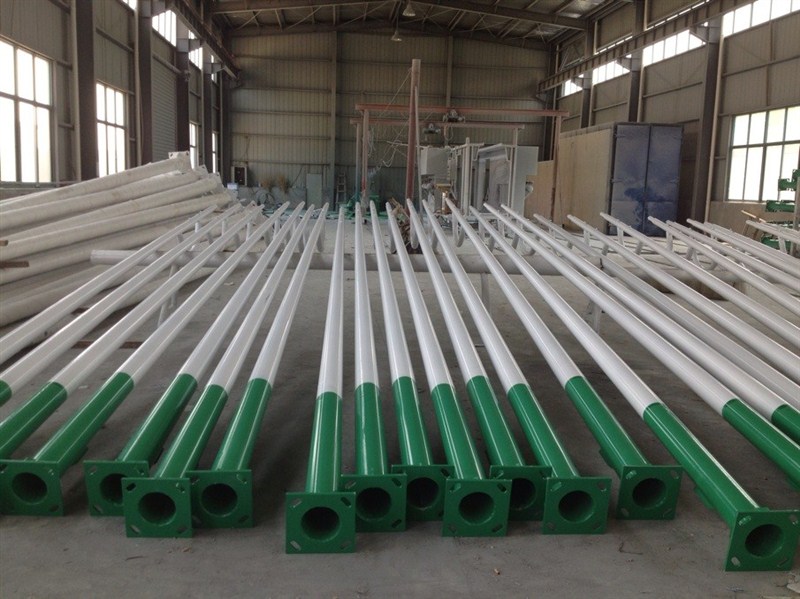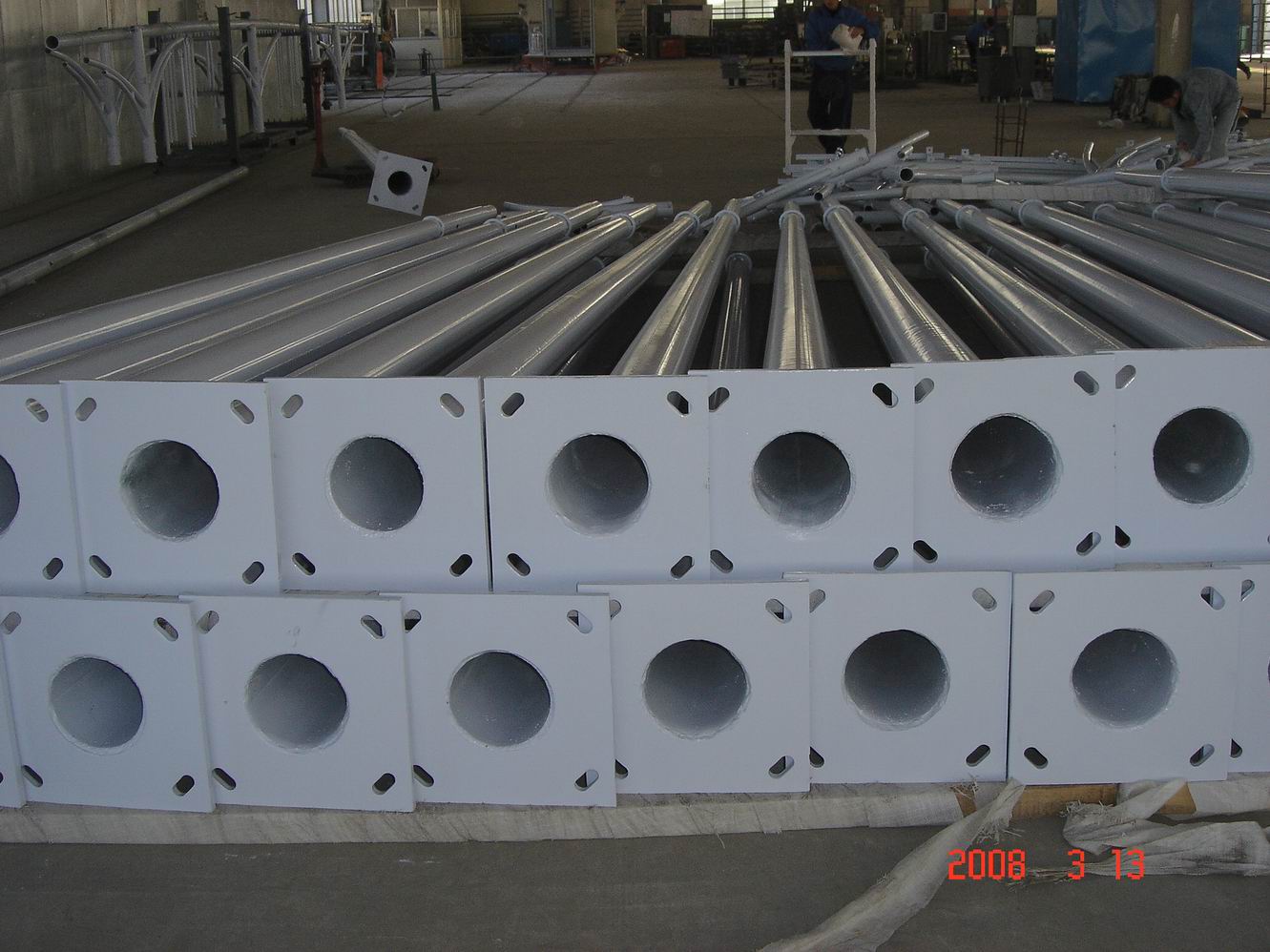Lift of the airfoil:

The ins and outs of lift is the knowledge in aerodynamics. The content of the research is very extensive. This article only focuses on general theory and explains the principles of airlift lift and rotor lift.
According to the basic principle of fluid mechanics, the atmospheric pressure with a slow flow is strong, while the atmospheric pressure with a fast flow is small. Since the wing is generally asymmetrical, the upper surface is convex and the lower surface is relatively flat (airfoil). The airflow flowing through the upper surface of the wing is similar to that of a narrower place. The flow rate is faster and flows under the wing. The airflow on the surface is just the opposite, similar to the flow of water in a wider area, the flow rate is slower than the airflow on the upper surface. The pressure applied by the atmosphere to the lower surface of the wing (direction upwards) is greater than the pressure applied to the upper surface of the wing (downward direction), and the pressure difference between the two forms a lift. [Extracted from how lift is produced].
Therefore, for the so-called aircraft, it is necessary to run. When the speed of the aircraft reaches a certain size, the lift generated by the two wings of the aircraft can offset the gravity and achieve flight.
The three take-off principles of the rotor, the helicopter and the rotorcraft are different. The aircraft relies on the run-up to provide speed to achieve sufficient lift, while the helicopter relies on the rotor's controlled rotation to achieve vertical lift without the run-up. The helicopter's rotation is provided by the powertrain, while the rotor's rotation produces upward lift and air. The reaction torque of the rotor needs to provide a method of balancing the rotor reaction torque in the design, usually with a single rotor and a tail rotor (the tail rotor is usually installed vertically) and a double rotor tandem (the opposite direction of rotation to offset the reaction torque); The rotorcraft is between the aircraft and the helicopter. The rotor of the rotorcraft is not connected to the power system. The forward airflow during the flight blows the rotor to generate lift (like a big windmill), that is, the rotor is self-rotating and transmitted to The torque on the fuselage is small and does not need to be specifically offset.

The four-rotor aircraft to be designed is essentially a helicopter. It needs to provide the rotational power of the four rotors by the power system. At the same time, the torque generated by the rotation of the rotor needs to be offset. Therefore, it is convenient to control the structure and choose a similar double-rotor. In the columnar and horizontal helicopter model, the direction of rotation of the two rotors must be opposite to the direction of rotation of the other two rotors to offset the gyro effect and the idler power torque.
Steel Pole
Pole Height: Hot-Dip Galvanized, Q235 Painting Plastic,4M-15M For Choosing
Pole And Lamp Fixture Color: Grey, White, Black, Blue, Green, Etc
Pole Shape: Tapered, Square, Hexagonal, Octagonal, Etc
Testing Including:
1.Material testing
2.Shape testing
3.testing after Galvanizaiton
4. Tensile testing
5.Fittings check


Steel Pole
Steel Pole,Galvanized Steel Pole,Street Lamp Steel Pole,Steel Solar Street Light Pole
Yangzhou Bright Solar Solutions Co., Ltd. , https://www.solarlights.pl